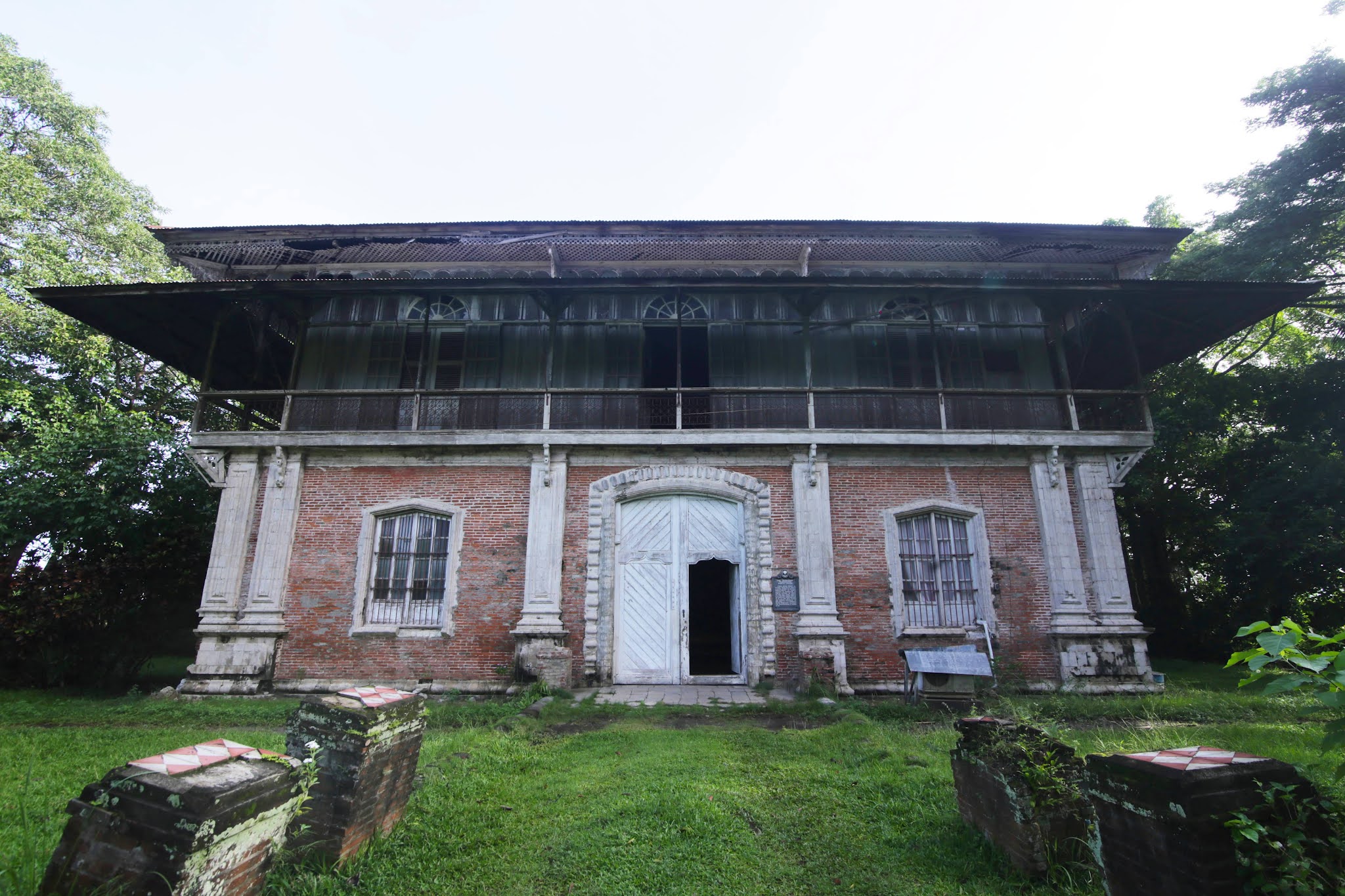This was the time, and this was the scene. Philippine independence had earlier been declared on June 12, 1898. It hoped to send ripples down the archipelago.
And it did. On the 5th of November that year, Negrenses took to the streets to claim their inalienable right to self-determination. No other story in the archives of Negros wields greater sway in the evolution of Negrense heritage than our fight for independence from Spanish rule, and the consequent establishment of the Cantonal Republic of Negros.
A hundred twenty three years later, Cinco de Noviembre is an annual, province-wide holiday commemorating the brave spirit of Negrenses. And?
Sadly, much of this may be lost in today’s generation. But then again, we cannot blame the young for not knowing about events in 1898, when their knowledge of history doesn’t even go back to as recently as Martial Law in the 1970s and 1980s. It is up to us, who have the predilection for history, to continue the noble mission of educating people about this single most defining event in the narrative of Negros, Cinco de Noviembre, the 5th of November.
For this reason, it is inevitable that Negros Season of Culture marks the occasion each time it rolls around. NSC was launched on this day in 2020, and this year 2021, NSC returns to deliver a fresh view of the memoirs. By doing so we confirm, Cinco de Noviembre is not just a day in history, but a constant wellspring of good vibes for all freedom-loving Filipinos, now and for all time.
Our journey this month begins with the two main characters of the saga, Gen. Aniceto Lacson of Talisay who led katipuneros from the north, and Gen. Juan Araneta of Bago who organized farm workers in the south. The two converged in Bacolod to secure the surrender of the Spanish governor. The production team of Negros Season of Culture sat down at length with the descendants of the two generals to derive insight about their lives at the time that they lived, straight from inside their homes.
For Gen. Lacson, we visited the actual set of the planning of the revolt. Casa Grande, as it has been called, is a bahay-na-bato structure that sits in the middle of his sugarcane plantation in Talisay City. In this hacienda, katipuneros, or members of the Kataastaasan, Kagalanggalangang Katipunan ng mga Anak ng Bayan (KKK), worked as farm laborers awaiting the appointed day to start the revolution. And when the smoke settled and Gen. Lacson was elected President of the republic, Casa Grande served as presidential palace.
For Gen. Araneta, our team was welcomed into Balay ni Tan Juan, a museum at the center of Bago City. This house was given to the general by a relative shortly after the revolution. The museum today celebrates the role of Gen. Araneta as commander of the southern forces. Stories about makeshift cannons and rifles that lured Spanish authorities into submission abound in these walls. So, too, testaments about illustrious children of Bago who, through the years, offered sterling service in all branches of the national government.
In the following days, Negros Season of Culture invites you to reflect on what enables the Filipino to hope and move forward from crises, year after year. We realize, we have been spared by moments of integrity, industry, and innovation punctuating the lives of our courageous forefathers. Their stories, archaic if not forgotten, have the unenviable job of pleading with today’s young minds to pause, listen, and learn.
Negros Season of Culture offers to bridge the generational divide. Like us on Facebook and Instagram, and visit www.negrosseasonofculture.com.











